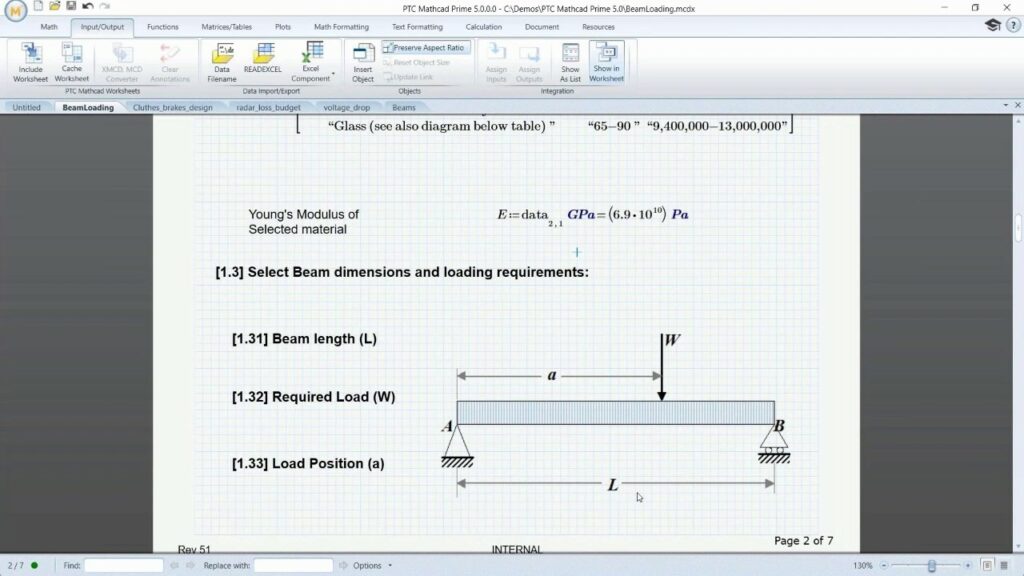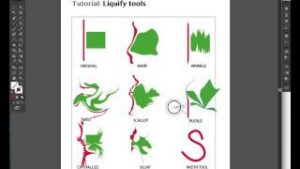Mastering Engineering Calculations with PTC Mathcad: A Comprehensive Guide

Introduction: PTC Mathcad is a powerful computational software tool designed to facilitate engineering calculations, analysis, and documentation in various disciplines, including mechanical, electrical, civil, and chemical engineering. With its intuitive interface, mathematical notation, and interactive capabilities, PTC Mathcad enables engineers, scientists, and researchers to perform complex mathematical operations, solve equations, analyze data, and visualize results with ease. In this comprehensive guide, we will explore the principles, methodologies, and best practices of using PTC Mathcad for engineering calculations, empowering professionals to streamline their workflow, enhance productivity, and achieve accurate and reliable results in engineering analysis and design.
Section 1: Introduction to PTC Mathcad
1.1 Overview of PTC Mathcad: PTC Mathcad is a mathematical software tool developed by PTC Inc. that combines the capabilities of a computational engine, symbolic calculator, and document editor into a single integrated environment. PTC Mathcad allows users to create and manipulate mathematical expressions, perform numerical calculations, solve equations, plot graphs, and annotate technical documents using natural mathematical notation.
1.2 Key Features and Capabilities: Familiarize yourself with the key features and capabilities of PTC Mathcad, including mathematical notation, symbolic calculations, numerical methods, plotting tools, unit handling, and programming capabilities. Learn how PTC Mathcad’s interactive interface and WYSIWYG document layout enable users to create, analyze, and document engineering calculations efficiently and effectively.
Section 2: Getting Started with PTC Mathcad
2.1 Installation and Setup: Install PTC Mathcad on your computer and configure the software settings according to your preferences and requirements. Learn how to navigate the user interface, customize toolbars, and configure calculation options to optimize your workflow and productivity with PTC Mathcad.
2.2 Mathematical Notation and Input: Explore PTC Mathcad’s mathematical notation system and learn how to input mathematical expressions, equations, and functions using natural mathematical notation. Discover the syntax for mathematical operations, functions, variables, and units in PTC Mathcad, and understand how to create and manipulate mathematical expressions using the software’s interactive interface.
2.3 Document Layout and Formatting: Create and format technical documents, worksheets, and reports in PTC Mathcad using the software’s document layout and formatting tools. Learn how to insert text, equations, plots, tables, images, and annotations into your documents, and format them using various font styles, sizes, colors, and alignment options.
Section 3: Performing Engineering Calculations
3.1 Mathematical Operations and Functions: Perform basic mathematical operations, functions, and transformations in PTC Mathcad to solve engineering problems and analyze data. Use built-in mathematical functions, operators, and constants to perform arithmetic operations, trigonometric functions, logarithmic functions, exponential functions, and statistical calculations in your calculations.
3.2 Symbolic Calculations and Algebraic Manipulations: Perform symbolic calculations and algebraic manipulations in PTC Mathcad to solve equations, simplify expressions, and manipulate mathematical symbols. Utilize symbolic calculation features, such as symbolic variables, symbolic solving, differentiation, integration, and algebraic simplification, to analyze mathematical relationships and derive analytical solutions to engineering problems.
3.3 Numerical Methods and Optimization: Apply numerical methods and optimization techniques in PTC Mathcad to solve complex engineering problems and optimize design parameters. Use numerical solvers, root-finding algorithms, optimization routines, and curve fitting tools to solve nonlinear equations, minimize/maximize functions, and perform parameter estimation in engineering calculations and analysis.
Section 4: Data Analysis and Visualization
4.1 Data Import and Manipulation: Import and manipulate data from external sources, such as spreadsheets, databases, and text files, in PTC Mathcad for data analysis and visualization. Learn how to import data into PTC Mathcad worksheets, organize data sets, filter data, and perform data preprocessing tasks to prepare data for analysis and visualization.
4.2 Plotting and Graphing: Create plots, graphs, and charts in PTC Mathcad to visualize data, trends, and relationships in engineering calculations and analysis. Utilize PTC Mathcad’s plotting tools, including 2D plots, 3D plots, scatter plots, histograms, and contour plots, to represent numerical data graphically and interpret results visually.
4.3 Data Analysis and Statistical Tools: Perform data analysis and statistical calculations in PTC Mathcad to analyze experimental data, conduct hypothesis testing, and infer statistical conclusions. Use statistical functions, descriptive statistics, hypothesis tests, and regression analysis tools to analyze data sets, quantify uncertainty, and make informed decisions based on statistical evidence.
Section 5: Advanced Features and Customization
5.1 Programming and Automation: Customize and automate engineering calculations in PTC Mathcad using programming constructs, user-defined functions, and scripts. Learn how to create reusable functions, loops, conditional statements, and error handling routines in PTC Mathcad to streamline repetitive tasks, automate complex calculations, and enhance productivity in engineering analysis and design.
5.2 Unit Handling and Dimensional Analysis: Manage units and perform dimensional analysis in PTC Mathcad to ensure consistency and accuracy in engineering calculations. Use PTC Mathcad’s unit handling capabilities to specify units for variables, convert between different unit systems, and perform unit consistency checks to prevent errors and ensure correctness in calculations.
5.3 Collaboration and Sharing: Collaborate with colleagues, peers, and stakeholders by sharing PTC Mathcad documents and worksheets electronically. Learn how to export PTC Mathcad documents to various file formats, such as PDF, Microsoft Word, and HTML, and share them via email, cloud storage, or collaboration platforms to facilitate communication, review, and feedback on engineering calculations and analysis.
Conclusion: PTC Mathcad is a versatile and powerful tool for performing engineering calculations, analysis, and documentation in various disciplines. By mastering the principles, methodologies, and best practices outlined in this guide, engineers, scientists, and researchers can leverage PTC Mathcad’s capabilities to streamline their workflow, enhance productivity, and achieve accurate and reliable results in engineering analysis and design. With its intuitive interface, mathematical notation, and interactive features, PTC Mathcad empowers users to solve complex engineering problems, analyze data, visualize results, and communicate technical information effectively, making it an indispensable tool for engineering professionals in academia, industry, and research.




